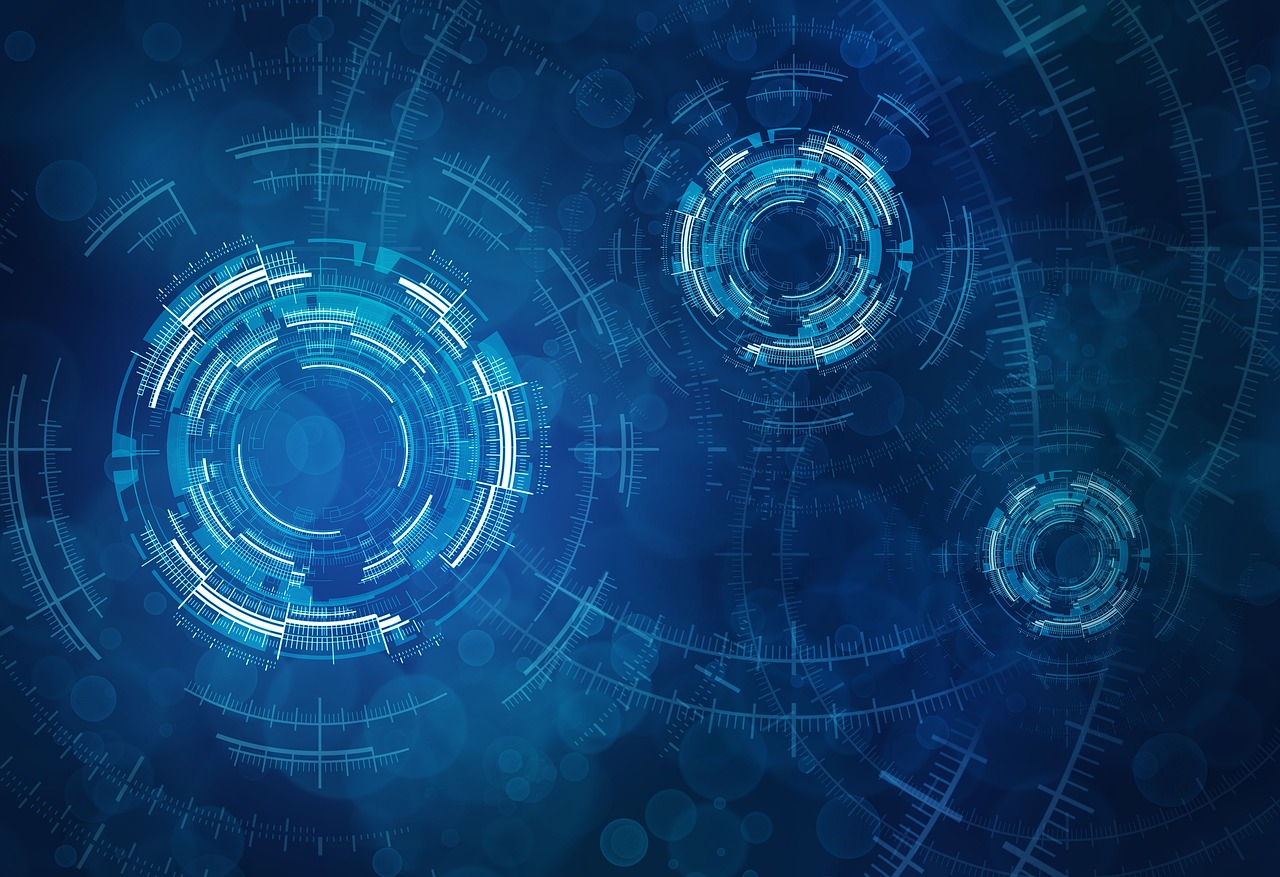AI Detectors in Modern Communications: Safeguarding Against Misinformation and Deepfakes
Fakes and AI-made content are almost bombarding the online world, including the communication industry that is always on. An effective AI to human writing tool is a big help for many companies and businesses because it can also act as an AI detector tool to determine and prevent the spread of fake information. Along with the advantages of AI recognition technology, are security, digital trust, and virtual honesty.
The Significance of AI Detectors in Networking
In text, video, audio, and pictures, it is getting harder to tell the difference between real and fake media as generative AI grows. Due to deepfakes and changed media made by artificial intelligence, company messages, ads, and internal talks may not be taken as seriously. By using AI detection methods to make sure something is real, businesses can lower their risk of being fined or having their brand hurt.
Artificial Intelligence Detectors: Methods and Boundaries
 AI detectors today, like GPTZero, look for patterns like “burstiness” (changes in sentence structure) and “perplexity” (unpredictability in word sequences) to figure out whether content is made by humans or machines. But it’s still not 100% correct. Tools for paraphrasing and adversarial approaches can trick detectors; research shows that recursive paraphrasing greatly reduces dependability.
AI detectors today, like GPTZero, look for patterns like “burstiness” (changes in sentence structure) and “perplexity” (unpredictability in word sequences) to figure out whether content is made by humans or machines. But it’s still not 100% correct. Tools for paraphrasing and adversarial approaches can trick detectors; research shows that recursive paraphrasing greatly reduces dependability.
In a similar vein, AI-humanizer technologies have surfaced, allowing them to evade a plethora of traditional detectors.
New Developments: SynthID and Watermarks
Developers are trying out invisible “watermarks” inserted by AI models during content development to boost detection. An example of this tendency is the SynthID Detector, which was recently released by Google and allows for the detection of AI-generated segments using these markers. Continued innovation is required because watermarking, while promising, faces aggressive responses.
Embracing Communications Technology: A Perfect Match
When it comes to VoIP and SIP-trunking solutions that focus on secure, streamlined communication systems, AI detection tools are like a supplementary layer that helps make sure the content is authentic and trustworthy, and not just delivered efficiently.
Applications in the Real World for Businesses
- Check the accuracy of senior memos, newsletters, and press releases to make sure they are real.
- For customer interactions to be transparent, chatbot answers and AI information that customers can see must be checked for accuracy.
- Stop fake content that could trick authorities or break rules about disclosure to make sure you’re following the rules.
Advice on How to Put It into Action
- When using detection technologies, you shouldn’t count on machine output alone; you should still inspect things by hand.
- Apply a combination of detectors, such as a combination of textual analysis and watermark detection with manual review, or use a hybrid approach.
- Be abreast of emerging hacking methods and upgrade detection systems often to stay ahead of ever-changing threats.
Summary
With the proliferation of AI-generated material, an AI detector becomes an essential component of communications technology. Enterprises may maintain clarity, trust, and authenticity across digital channels by integrating secure VoIP and cloud-based systems with powerful detection workflows.

